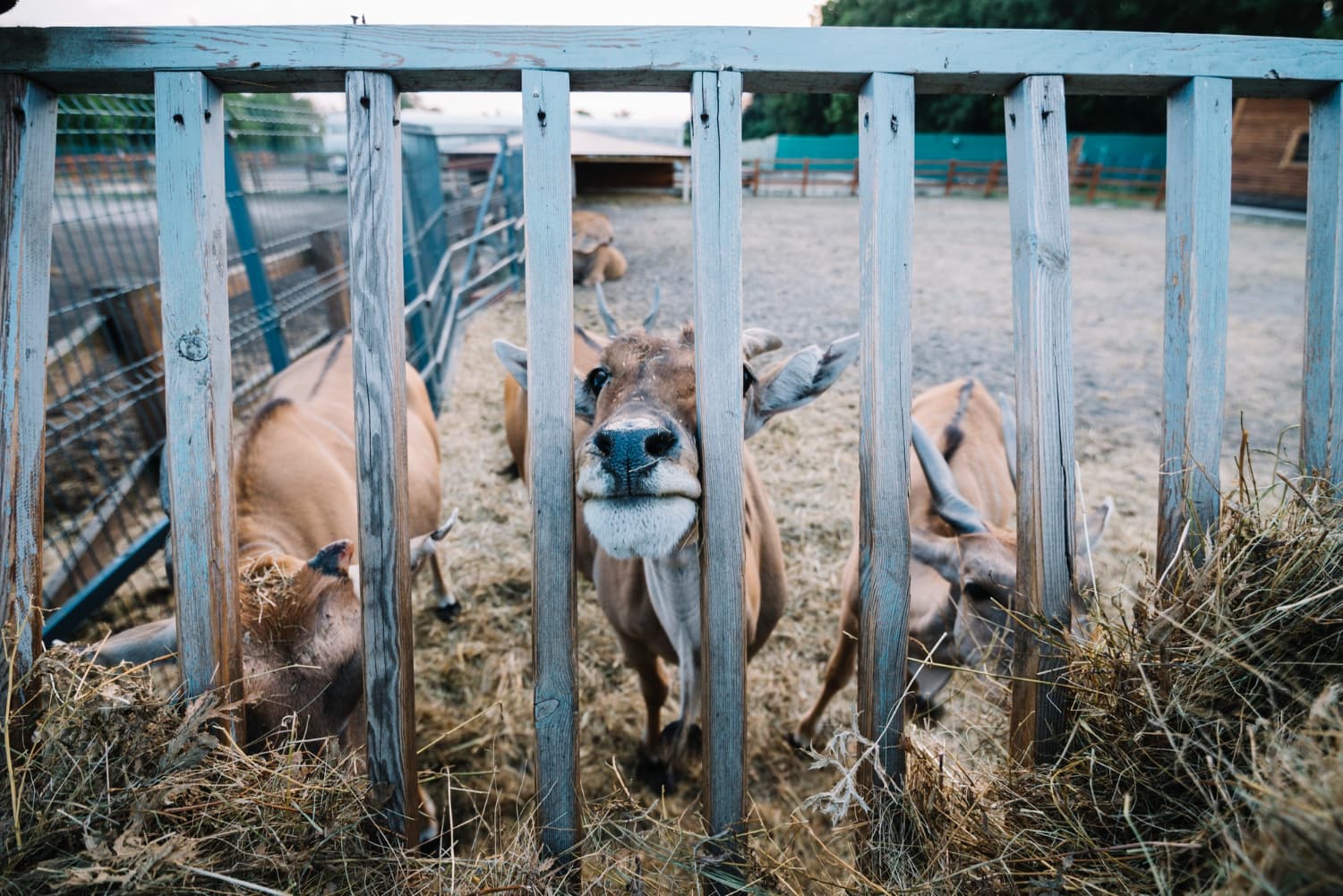Captive Breeding vs. Wild Reintroduction: A Critical Evaluation
Captive breeding and wild reintroduction represent the primary methods in conservation efforts for endangered species. While each approach offers distinct advantages, it also comes with its unique challenges. In this exploration of conservation biology, we delve into the merits and limitations of both captive breeding and wild reintroduction. Our objective is to strike the delicate balance necessary for the preservation of the world’s most endangered species.
Understanding Captive Breeding
Captive breeding is a conservation approach involving the controlled breeding and rearing of endangered species within secure environments, such as zoos or specialized facilities. The primary objective is to establish a self-sustaining population to later release these animals back into their natural habitat.
Purpose and Process
The primary purpose of captive breeding is to bolster the numbers of a species that is dangerously close to extinction. By carefully selecting compatible mates and providing a safe environment, experts hope to see healthy offspring. This process involves meticulous record-keeping and genetic matching to ensure the diversity and health of the population.
Benefits and Drawbacks
Captive breeding offers the advantage of boosting species populations, increasing their prospects for survival. Nevertheless, this approach is not without drawbacks, including the challenge of maintaining natural behaviors in captivity and the risk of genetic issues due to a limited pool of breeding partners.
Challenges of Captive Breeding
Genetic Diversity
Maintaining genetic diversity is a critical consideration in captive breeding programs. Inbreeding within small groups can heighten the risk of health problems and reduce adaptability. Mitigating this risk requires meticulous genetic management.
Behavioral Adaptations
In captivity, animals may lose some of their natural instincts and behaviors, which are crucial for survival in the wild. This can hinder their ability to thrive once reintroduced, even if they have the necessary physical attributes.
Health Concerns
Close quarters in captivity can lead to the spread of diseases and parasites. Proper healthcare measures must be in place to ensure the well-being of the population. Additionally, stress-related health issues can arise from an unnatural environment.
Wild Reintroduction: An Overview
A conservation tactic known as “wild reintroduction” involves releasing captive-bred animals back into their native environments. The main objectives of this strategy are to support the recovery of ecological balance in each of these species’ particular habitats and to restore viable populations of these species.
Wild reintroduction is a multifaceted and intricate process that entails the meticulous selection and preparation of animals, considering factors like genetics, behavioral adaptations, and health assessments to ensure their suitability for reintroduction. The release phase involves carefully reintegrating these animals into their native environments, where they can once again interact with their natural predators, competitors, and habitats.
This strategy’s ultimate success is contingent upon thorough and continuous monitoring of the reintroduced populations, tracking their progress and adaptation in the wild. By striking a balance between captive breeding and wild reintroduction, conservationists seek to create self-sustaining populations that can thrive independently, contributing to the conservation of endangered species and the overall ecological health of our planet.
Success Stories
Wolves in Yellowstone
The reintroduction of gray wolves into Yellowstone National Park in the 1990s is a prime example of successful wild reintroduction. This effort not only revived a dwindling population but also had cascading positive effects on the ecosystem.
California Condors
The California condor, once on the brink of extinction, saw a remarkable turnaround through captive breeding and reintroduction programs. Today, these magnificent birds soar high above the Pacific Coast, a testament to the potential of these conservation methods.
Concerns and Risks
Predation and Competition
Reintroduced animals face the challenge of adapting to their natural predators and competitors, often resulting in casualties. To enhance their chances, comprehensive monitoring and support systems are essential. Conservationists employ meticulous planning and proactive measures to ensure successful reintegration into the wild.
Habitat Availability
When a species returns to its natural habitat after a period of absence, it faces significant challenges. Environmental changes, like landscape alterations, habitat loss, and invasive species, can complicate their reintegration. To address these challenges, conservation efforts prioritize habitat restoration, invasive species removal, and creating favorable conditions for successful reintegration. These efforts are crucial for the long-term well-being and survival of returning species.
Striking a Balance
Combining Methods
The most successful conservation tactics frequently combine captive reproduction with reintroduction into the wild. With this hybrid technique, it is possible to manage animal breeding while preserving the animals’ natural environment.
Long-term Monitoring
Success doesn’t end with release. Long-term monitoring is crucial to track the progress of reintroduced populations, ensuring they are thriving and adapting as intended.
Conclusion
In the ongoing battle to save endangered species, the debate between captive breeding and wild reintroduction rages on. Each method has its strengths and weaknesses, and finding the right balance is crucial. Through thoughtful integration of these strategies and vigilant oversight, we can offer our fellow inhabitants of this planet a fighting chance at survival in the wild they call home.
